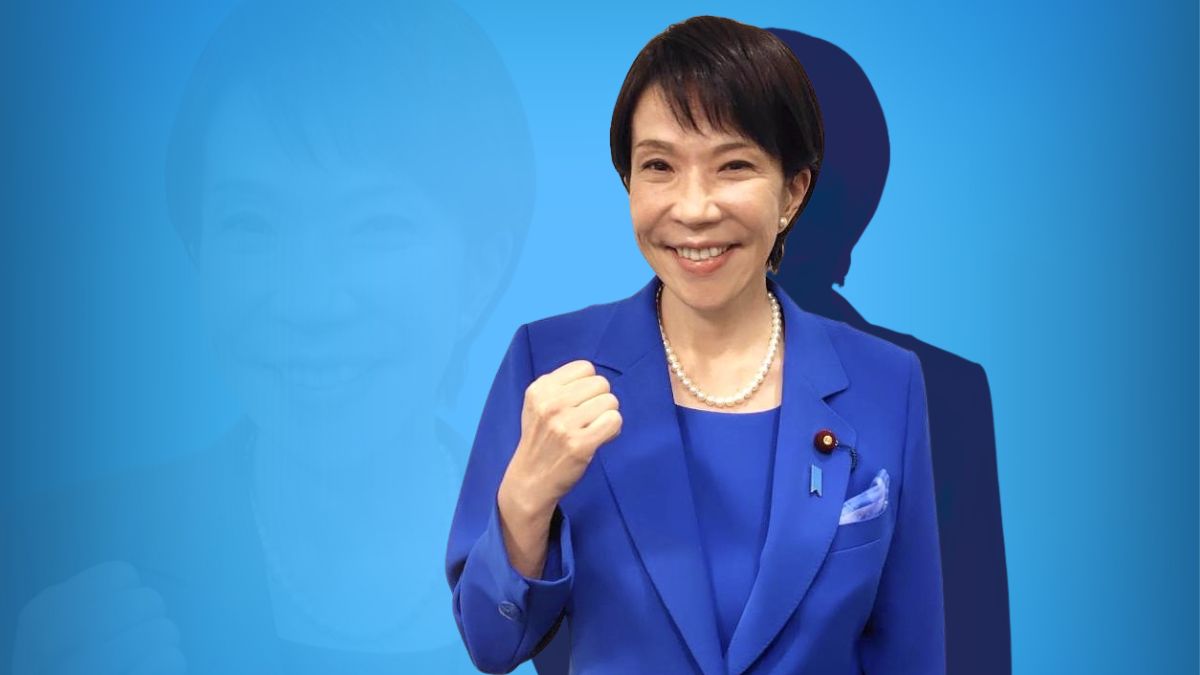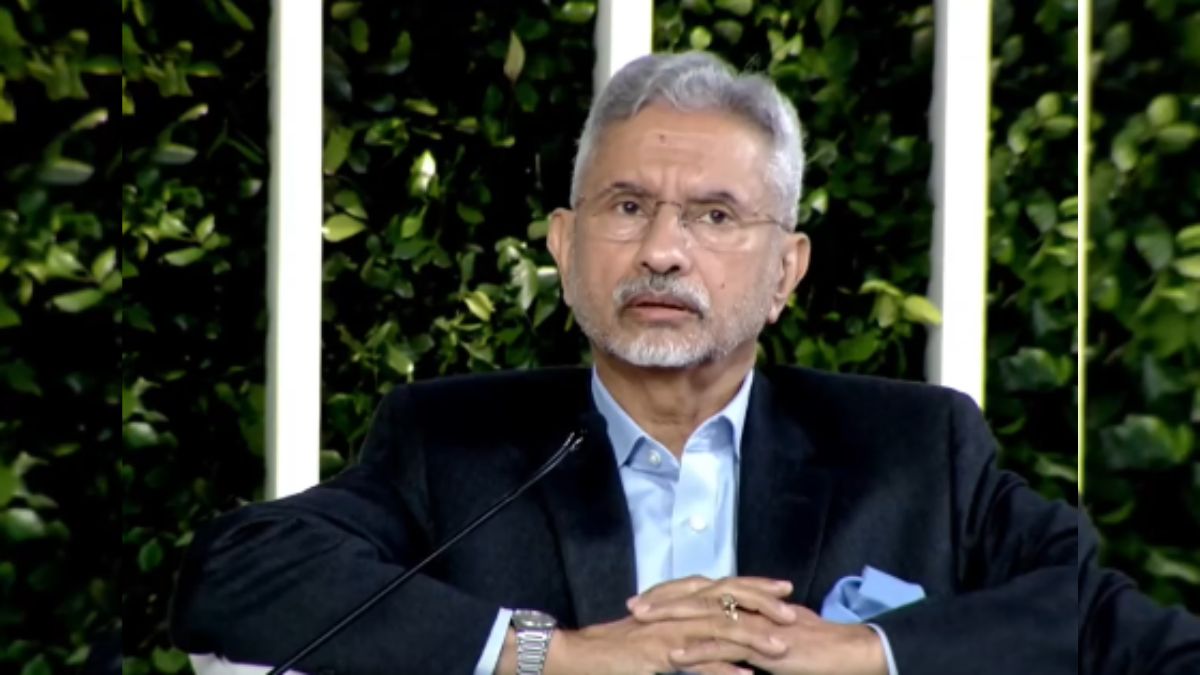Sanae Takaichi Becomes Japan’s 1st Woman PM: What Will Margaret Thatcher-inspired Leader Change?

Takaichi aligns herself with the late Shinzo Abe and describes former British PM Margaret Thatcher as her political idol. Image courtesy: X.com/@takaichi_sanae
At 64, Sanae Takaichi has made history by becoming Japan’s first woman Prime Minister. Elected by parliament on 21 October 2025 after claiming the leadership of the ruling Liberal Democratic Party (LDP) earlier that month, she inherits both enormous symbolic capital and a deeply challenging political landscape. Yet while her appointment is hailed worldwide as a breakthrough for women in Japanese politics, many caution it may not herald a feminist revolution.
Takaichi is an ultraconservative with a hawkish stance on defence and immigration, and her rise signals a shift within the LDP as it seeks to regain public trust amid inflation, scandal and a fracturing coalition. Though she now heads the party and the government, she will lead a minority government that remains two seats short of a full majority in the House of Representatives.
Who is Sanae Takaichi? How did she get here?
Born on March 7, 1961 in Yamatokōriyama, Nara Prefecture, Takaichi’s early life revealed a blend of determination and non-conformity. Her mother was a prefectural police officer and her father worked in the automotive industry. Despite qualifying for top universities, she declined to attend if it meant leaving home because her parents refused to pay tuition for a private university when her gender was the reason. She instead commuted long hours to attend Kobe University.
At university she played drums in a heavy-metal band and later rode motorcycles. This was a rare persona in Japan’s male-dominant political class. Her professional background includes time as a broadcaster and a legislative aide in the US. She entered parliament in the lower house in 1993 and joined the LDP in 1996. Over the years she held several ministerial roles: from Internal Affairs and Communications to Economic Security.
What is her stand on defence, economy and social conservatism?
Takaichi aligns herself with the late Shinzo Abe and describes former British Prime Minister Margaret Thatcher as her political idol. This has earned her the nickname “Japan’s Iron Lady” in some quarters. Her policymaking agenda is characterised by three pillars:
- A sharpened focus on national security, including revising Japan’s pacifist constitution (Article 9) and increasing defence spending. She has called for stronger ties with Taiwan and takes a hawkish posture on China.
- A stimulus-heavy economic policy that builds on “Abenomics” but with a bold expansion twist. She supports large-scale fiscal spending and lecture investors she may jolt markets with her policy mix.
- A socially conservative stance: she opposes reforming the law that forces married couples to share a surname (a move supporters say disproportionately affects women), rejects same-sex marriage legislation, and favours male-only imperial succession.
Is her appointment a win for women in Japan?
In one sense, yes: Japan has long trailed its peers in gender equality (it ranked 118 out of 148 in the 2025 World Economic Forum Gender Gap Report) and the fact a woman now leads the country is momentous. Takaichi has pledged a cabinet with “Nordic” levels of women and said she wants Japan to become more gender-aware.
But the substance may not match the symbolism. Her cabinet includes only three women, few structural reforms of patriarchal norms are on her agenda, and critics argue her gender-friendly rhetoric may be strategic rather than foundational.
For many Japanese women, the issues that matter most are support for childcare, flexible work after childbirth and recognition of diverse families — areas where Takaichi’s record so far remains modest. One young student in Nara voiced hope “we’d see more policies from a woman’s perspective”.
How are Japan and Asia set to be affected?
On the international front, Takaichi’s premiership comes at an important time. She must host US President Donald Trump next week, navigate Japan’s declining birth rate and sluggish economy, and restore faith in the LDP after its electoral setbacks. Her right-leaning coalition partner, the Japan Innovation Party, has reportedly demanded political finance reform and populist measures — making the government a precarious mix of ideological conviction and necessity.
Neighbouring countries are watching closely. Her visits to the controversial Yasukuni Shrine, a site seen by China and Korea as a symbol of Japan’s wartime militarism, and her nationalist positions could stir diplomatic friction.
Domestically, the bigger question is whether a woman at the top will lead to structural change or whether she becomes a conservative figurehead whose gender obscures the continuation of traditional power patterns.







